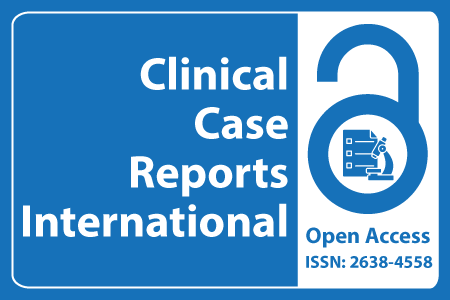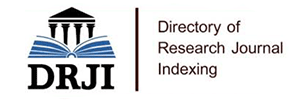
Journal Basic Info
- Impact Factor: 0.285**
- H-Index: 6
- ISSN: 2638-4558
- DOI: 10.25107/2638-4558
Major Scope
- Biochemistry and Biostatistics
- Neonatology
- Cardio-Thoracic Surgery
- Pathology
- Asthma
- Microbiology
- Cardiovascular Medicine
- Emergency Medicine and Critical Care
Abstract
Citation: Clin Case Rep Int. 2023;7(1):1618.DOI: 10.25107/2638-4558.1618
Long-Term Follow-Up of a Patient with Congenital Hepatic Fibrosis: A Case Report and Review of the Literature
Surkov AN, Namazova-Baranova LS, Baranov AA, Bessonov EE, Arakelyan AL, Maleto EM and Firumyanc AI
Petrovsky Russian Scientific Center of Surgery, Russia Pirogov Russian National Research Medical University, Russia Sechenov First Moscow State Medical University, Russia
*Correspondance to: Surkov Andrey Nikolayevich
PDF Full Text Case Report | Open Access
Abstract:
Congenital Hepatic Fibrosis (CHF) is a rare, autosomal recessive disease caused by a mutation in the ARPKD gene. It is based on dysgenesis of the biliary tract resulting from a malformation of the ductal plate of the interlobular bile ducts, as a result of impaired epithelio-mesenchymal inductive interactions with the formation of cystic extensions. In patients, clinical manifestations range from asymptomatic hepatosplenomegaly to severe manifestations such as acute liver failure and cirrhosis. Bleeding from esophageal varices, due to portal hypertension, is a serious complication of the disease, threatening death in the absence of urgent surgical intervention. Endoscopic sclerotherapy of esophageal varices is possible, but the most effective method of correcting portal hypertension is portosystemic shunting. This article presents a clinical case of a 24-year-old man with CHF.
Keywords:
Congenital hepatic fibrosis; Morphological changes; Portosystemic shunting; Esophageal varices; Stenosing papillitis
Cite the Article:
Surkov AN, Namazova-Baranova LS, Baranov AA, Bessonov EE, Arakelyan AL, Maleto EM, et al. Long-Term Follow-Up of a Patient with Congenital Hepatic Fibrosis: A Case Report and Review of the Literature. Clin Case Rep Int. 2023; 7: 1618.













